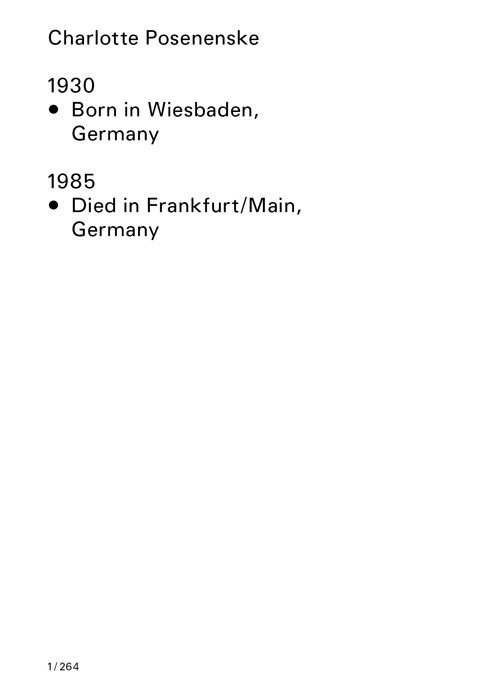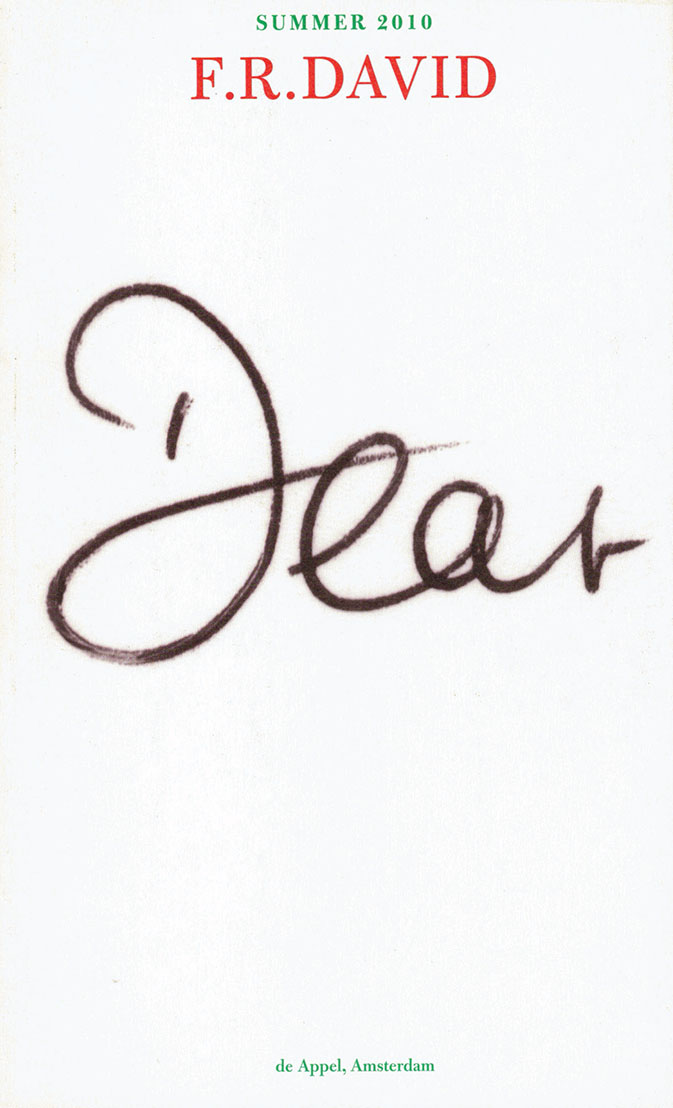
Draconis Lacrimae: Escape From The Guts of The Dragon
Federico Vladimir Strate Pezdirc, Pablo Esbert Lilienfeld
In this Player’s Handbook you’ll find the rules of a Fantasy Role Playing Game: Draconis Lacrimae. It can be played by a group of 3 to 6 players.
First, you will create the Characters, then you will create the World and, lastly, you will Role-Play to escape from the inside of The Dragon. The characters come from different background universes and they all meet in The Dragon’s guts after being swallowed/injected/tele-transported/etc. by their own dragons. In Draconis Lacrimæ there are no dungeons and dragons, the dungeon is the Dragon. The adventurers must join forces in order to “escape” from it, whatever escape might mean.
This game is an invitation for the readers to play themselves otherwise and encounter otherness as an accomplice. In addressing certain construction paradigms of the self, the book invites the reader/player to welcome the alterity we have in us, in order to revisit fundamental archetypes of fiction. It aims at creating interstices that can open up to another view of the self and its social configurations.
Autobiography is used as a ground from which to start playing, as the material that one has at hand to transform, craft, dissolve, rebuild, paint, glitch, etc. Auto-fiction serves here as a tool to resist predefined categorizations of identity, as a technique of transformation and orientation in a world saturated with categories.
Hopefully, along the way, our fictional and real selves will start bleeding onto each other, the infinite threads of our possible selves hanging around us connected to our play partners, known and unknown.
“The Dragon is the figure that extends the couple, that expands the kin, that narrates the community. The Dragon is the shared collective fiction that appears within the mosh.”
The publication consists of two parts:
"Draconis Lacrimae. The Player’s Handbook” (A5, 160 pages), divided in three chapters: Character Building, World Building and Role-Playing.
“Draconis Lacrimae. After action report” (A5, 8 pages). A booklet that accompanies the book. An after action report contains the stories created during a game. This booklet is a draft of the fiction and characters created while playing Draconis Lacrimae.
Language: English







